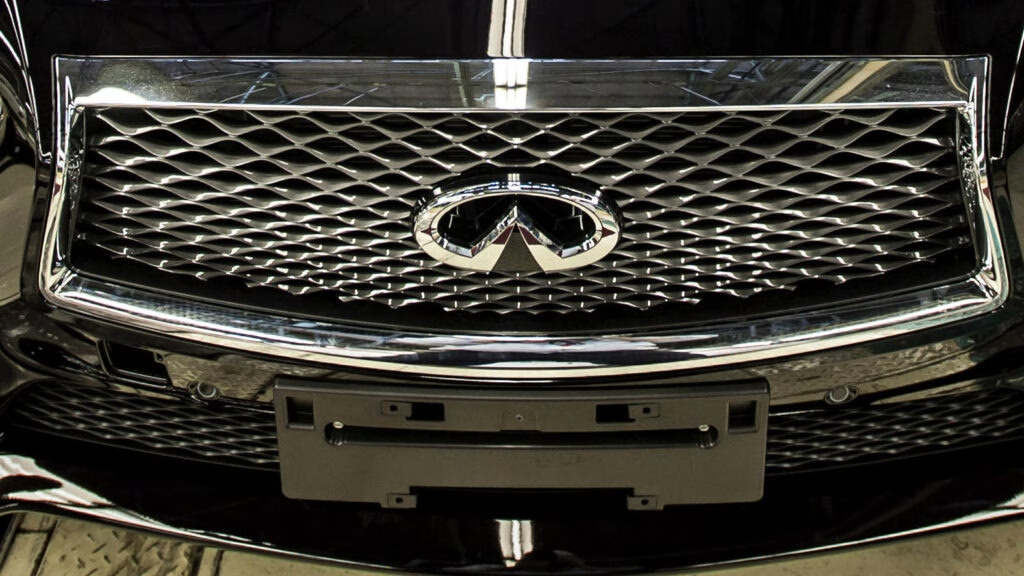Why Is Infiniti Bringing Back the Q50 With a Gas Engine and Manual Transmission?
Infiniti’s decision to revive the Q50 as a rear-wheel-drive sedan with a twin-turbo V6 and manual transmission might seem surprising in an era dominated by electrification. But take a closer look at the market, and the move starts to make sense. Electric vehicle (EV) demand, once predicted to skyrocket, has recently cooled. According to a 2024 report from the International Energy Agency, global EV sales growth slowed to 25% in early 2024, compared to 55% in 2022. Meanwhile, consumer incentives are shrinking, and many buyers are voicing concerns about charging infrastructure and battery longevity.
For Infiniti, whose lineup has struggled to keep pace with rivals, the pivot is less about nostalgia and more about meeting real-world demand. By bringing back a driver-focused, gasoline-powered sedan, Infiniti is betting that there’s still a strong appetite for cars that put the driving experience front and center—especially among enthusiasts who feel left behind by the EV wave.
What’s Under the Hood? Exploring the Nissan Z-Sourced Twin-Turbo V6
The heart of the new Q50 is a 400-horsepower twin-turbo V6, borrowed from the acclaimed Nissan Z. This isn’t just a marketing gimmick. The VR30DDTT engine has earned praise for its punchy mid-range torque and smooth power delivery. In the Z, it’s helped the car earn a spot on Car and Driver’s 10Best list for 2024, and it’s widely regarded as one of the most engaging V6s on the market.
Expect the Q50 to channel much of that same energy. Early reports suggest that Infiniti is considering a Red Sport version, which could push output even higher. For drivers who crave involvement, the return of a manual transmission is huge news. In a world where most luxury sedans have gone automatic-only, Infiniti’s move feels almost rebellious—and very welcome.
How Does the New Q50 Compare to Its Predecessors and Rivals?
Let’s be honest: Infiniti’s recent sedans haven’t exactly set the world on fire. The outgoing Q50 was competent but lacked the spark that made the old G35 and G37 cult favorites. With the new model, Infiniti is aiming squarely at the enthusiast market, taking cues from the BMW 3-Series and Genesis G70—cars known for their sharp handling and driver engagement.
Size-wise, the Q50 will remain a compact four-door, keeping it nimble and city-friendly. But the focus is clearly on performance. Think less about plush luxury and more about carving up back roads. That said, not every dealer is thrilled. In regions like the Northeast, where all-wheel drive is a must for winter, some are pushing for an AWD option down the line. Infiniti hasn’t confirmed this yet, but the possibility remains open.
Is This a Smart Move for Infiniti in Today’s Market?
It’s a bold strategy, no doubt. The Kia Stinger proved there’s a market for sporty, rear-drive sedans, but even it struggled to find long-term success. The Genesis G70, while critically acclaimed, faces an uncertain future as buyers flock to crossovers and SUVs.
Still, there’s a growing chorus of enthusiasts and journalists calling for more cars that prioritize the driving experience. According to J.D. Power’s 2023 U.S. Automotive Performance, Execution and Layout (APEAL) Study, owner satisfaction is highest among vehicles that offer engaging performance and responsive handling. Infiniti’s gamble is that a return to its roots—fun, rear-drive sedans with real personality—will help it stand out in a crowded field.
What’s the Real-World Appeal of a Rear-Drive, Manual-Transmission Sedan?
For many drivers, the answer is simple: joy. There’s something visceral about rowing your own gears and feeling the rear wheels push you out of a corner. It’s the kind of connection that’s hard to replicate with an EV or even a high-tech automatic. Sure, it’s not the most practical choice for everyone. But for those who care about the journey as much as the destination, it’s pure magic.
Dealers who’ve seen the new Q50 describe it as “not practical, but fun.” That’s the point. Infiniti isn’t trying to please everyone with this car. Instead, it’s targeting a passionate niche—drivers who want a modern sports sedan that doesn’t compromise on engagement.
What Does This Mean for the Future of Infiniti and Driver-Focused Cars?
Infiniti’s pivot away from an all-EV future signals a broader industry shift. As automakers recalibrate their electrification strategies, there’s renewed interest in vehicles that offer something unique—whether that’s performance, style, or a sense of nostalgia. The Q50’s return is a statement: driver’s cars still matter.
The big takeaway? Infiniti’s new Q50 isn’t about perfection—it’s about smarter adjustments. Start with one change this week, and you’ll likely spot the difference by month’s end. For drivers craving excitement, that change might just be a return to the basics: rear-wheel drive, a stick shift, and a grin every time you hit the gas.

